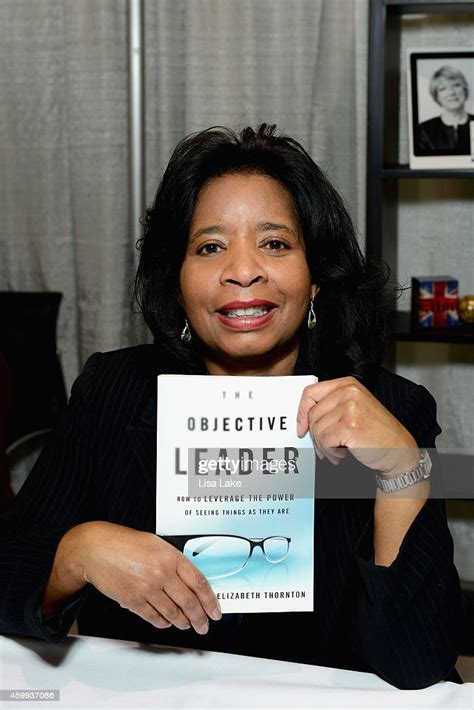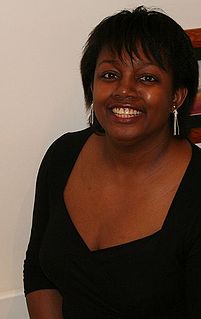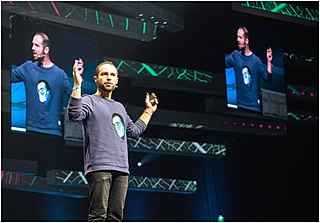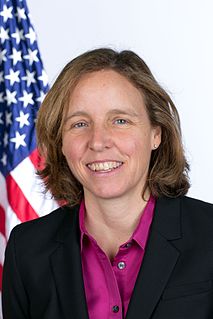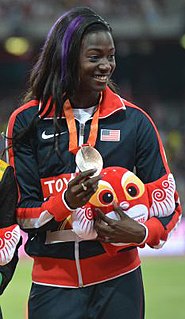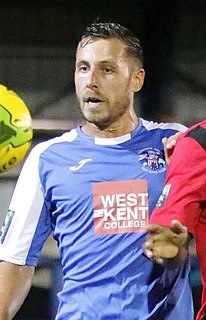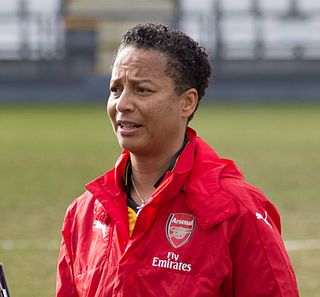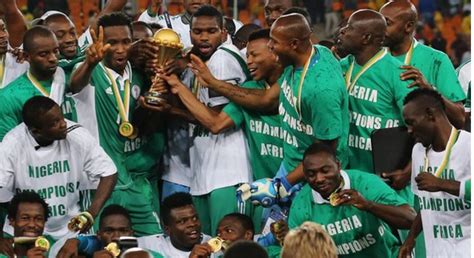A Quote by David Livermore
The most important part of aligning various expectations is to clearly describe the problem you are trying to solve and identify at least three different ways diverse users experience this problem. The more diverse your team, the better you'll be at doing this.
Related Quotes
Solving the population problem is not going to solve the problems of racism, of sexism, of religious intolerance, of war, of gross economic inequality. But if you don't solve the population problem, you're not going to solve any of those problems. Whatever problem you're interested in, you're not going to solve it unless you also solve the population problem. Whatever your cause, it's a lost cause without population control.

